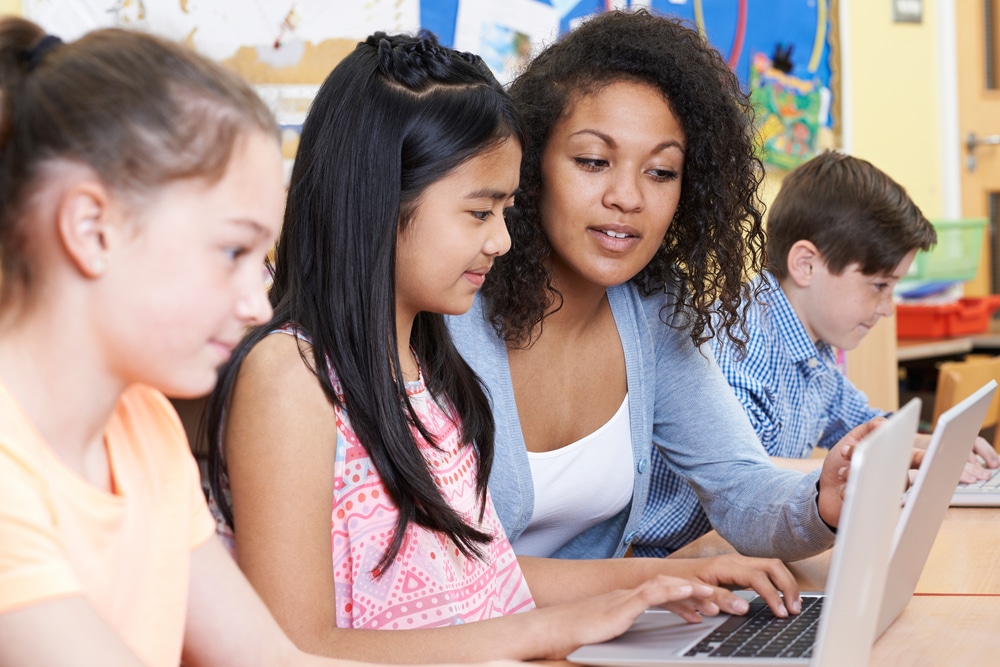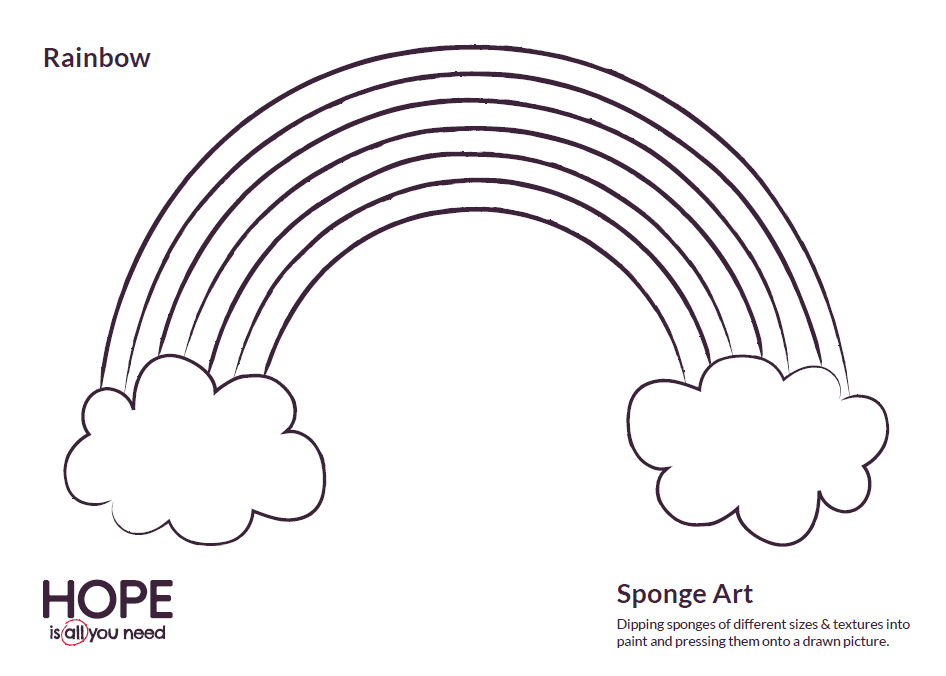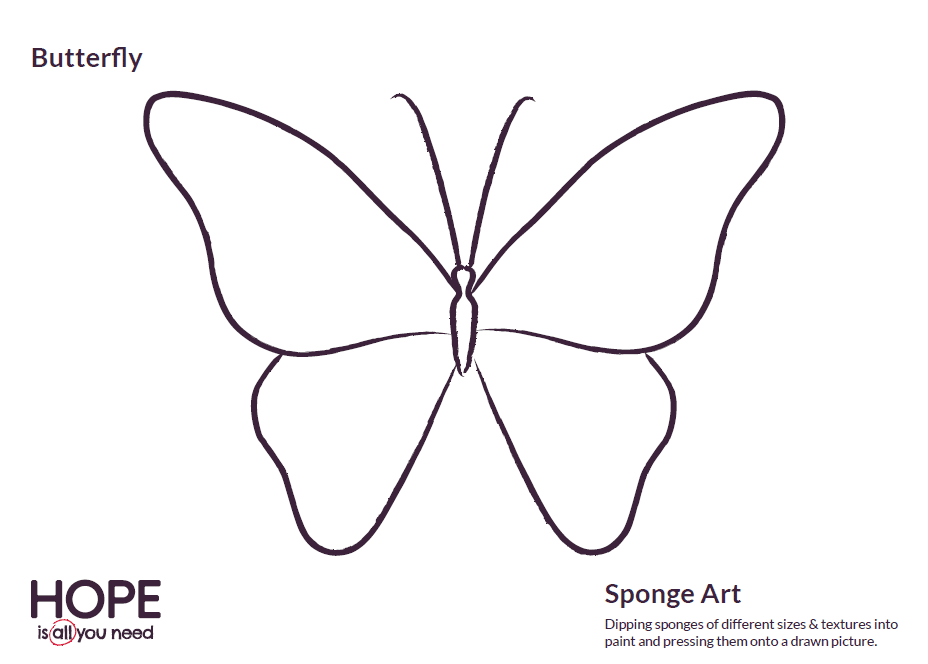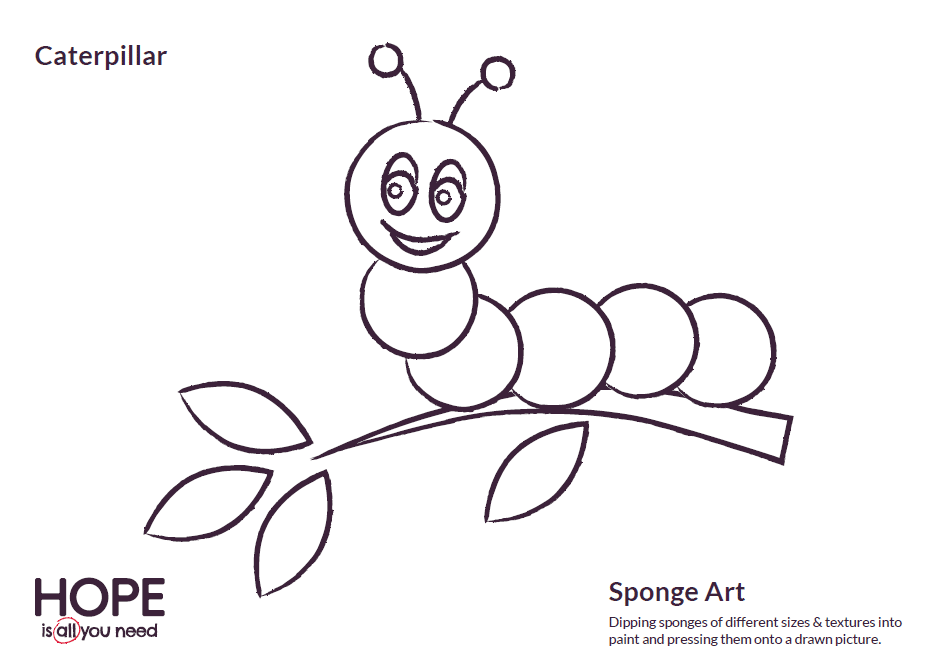Supporting children with special educational needs
Many children may struggle with a learning disability. There is a plethora of learning disabilities that all vary. Therefore, these learning disabilities need to be handled in different ways. It is up to teachers to research different learning disabilities to be able to help their pupils with their learning. However, some teaching strategies can apply to all learning difficulties if a teacher tailors them to a specific disability.
It is important to consider how to help children with special educational needs especially as we are approaching Learning Disability Week. This starts on the 20th June until the 26th June. The focus for this year is reconnecting with others and how people are dealing with ongoing issues they may face after covid restrictions.
We know it can be hard to know how to help children with learning disabilities, so we have compiled ways to help them achieve in their learning. From dyslexia to autism, use these techniques to make sure that they are comfortable and able to understand the subject.
How to help children with learning disabilities
Make learning easy to digest
A great place to start with helping children with a learning disability is by making their learning easier to understand. This can be done by breaking their lessons up into small chunks. This is particularly useful for complex information. Doing this allows children with learning disabilities to understand a topic due to the information being simplified.
Breaking lessons into small chunks can engage short-term memory so it works with any subject. You can break lessons down however you like. Whether that’s by paragraphs, key information, or ideas. Tailor the way you break up the subject to the specific needs of your pupil. This will make sure that they can understand the subject.
Pair this breaking down of lessons with some learning objectives or goals. This is a great way to track your pupil’s progress. Having a list of learning objectives written down allows children with a learning disability to feel accomplished when they reach objectives. This will spur them on to achieve more, whilst feeling acknowledged for their hard work. It can make them believe that they can do well in their learning.
If pupils become overwhelmed throughout this process, use our mindfulness cards to help calm them down before continuing. These cards help children to practise mindfulness and can help with calming stresses.
Encourage working with others
Children can learn from each other as they can understand the way their peers talk about subjects. Pupils with a learning disability should be encouraged to work with their classmates as they can have the topic broken down to them in a way they understand. This can make learning easier for them and more enjoyable.
As well as aiding with their learning, working in groups can build vital social skills that many children with special educational needs struggle with. They can feel more confident talking to others and discover what they know about a subject through discussion. Working with others provides a natural way for children with learning disabilities to approach people. They are eased into a social situation without realising it. Through this, they can make friendships and have their self-esteem boosted too.
Make time for group learning within your lesson plan. Every week, rotate the children round into different groups. This gives a chance for pupils with a learning disability to learn from everyone and create bonds with the class. If you see a pupil struggling to engage with others, use our playground friends baseball caps. Hand them out to pupils who easily communicate with others and let them take charge in including pupils who struggle to participate.
Make lessons interactive
Interactive lessons help all children to enjoy what they are learning; therefore, making it easier to remember the information. For children with special educational needs, interactive lessons go beyond this. Making lessons more interactive allows pupils with learning difficulties to participate in collective learning. This makes learning easier, and they can focus more on the subject as they willingly want to be involved. They can receive different perceptions on topics that add to their existing knowledge.
It is better for children’s memory to learn interactively rather than by writing everything down. Interactive lessons can put a visual action to the information so will stick in their minds.
Teachers should mix lessons between the traditional and more interactive learning types. Interactive learning can vary from class discussions to games, or visual representations like experiments for science. Remember to tailor the types of learning to certain pupils’ needs, so that they can learn in a comfortable environment and with the rest of their class.
Make lessons more visual
Having visual representations for learning helps all pupils to understand a topic further. However, they are crucial for children with a learning disability as they can learn quicker. This is because words are more abstract than images and are difficult to process. Our brains take in images and visual aids faster than words. For pupils with learning difficulties, using images, video, diagrams, charts and other visual aids helps to build the connection between words and their meaning.
Make sensory learning opportunities
Using sensory play in your lessons has numerous benefits for children with a learning disability. Not only does sensory play help kids understand how their bodies work, but it gives them a sense of the world around them too.
Sensory play lets children understand what they are learning as it assists with retaining ideas. By involving multiple senses within lessons, it makes it more likely for pupils to remember and recall important information. Using toys whilst teaching brings in different elements of senses and is great for all subjects.
Another benefit of sensory learning is that it helps with language building and speech. Sensory learning allows children with learning difficulties to describe how the experience feels to them. This builds their descriptive and emotional language. To help pupils talk about their emotions, use our emotion stones and emotion cubes.
Social skills and motor skills are also learned through sensory play. Children with a learning disability can feel isolated from their peers and struggle to connect with others. Using sensory play in lessons breaks these walls down and naturally assists them with connecting with their classmates. Motor skills are worked on during sensory play as pupils build muscle control, hand-eye co-ordination and dexterity.

Use memory games and techniques
To assist pupils with learning difficulties, memory games and techniques are perfect. They help pupils to remember large or difficult chunks of information as they are broken down into images or memorable words/phrases. Pupils can also form a relationship between pieces of information and understand how they relate.
Using memory games, like snap or matching cards together, enhances learning and helps information to be remembered. Pupils can pair a visual aspect to the information so that they retain what they have learnt as well as learning quicker. Children will learn without knowing as they are enjoying playing. You can also bring emotions into memory games so pupils can learn how to express themselves. Use our mirror me cards to explore emotions and allow the rest of the class to understand each other.
Memory techniques such as diagrams, mind maps, mnemonics, and rhyme really help with understanding and remembering information easily. Rhymes such as “i before e, except after c” can be used for lots of topics and helps children with a learning disability to remember certain information. Rather than having things written down, they can say the rhymes to themselves when answering questions. As rhymes are catchy, they stick in children’s brains.
Mind maps and diagrams turn written information into a visual representation so that pupils with learning difficulties can digest it easier. From that, they can remember the information needed as they will picture the diagrams.
Use art
Art is a vital way to learn for children with a learning disability and can be used alongside other subjects. Art is a great way to visualise your lessons for children so they can retain the information within the subject. It is also a form of self-expression with no fear of failure as nothing can be wrong with art. It allows pupils with learning difficulties to let their feelings out and communicate what they are thinking. This is a relief for them as they can sometimes struggle to articulate their emotions to others.
Drawing and painting assist with motor skills as children are building their muscles and hand-eye co-ordination skills. Use felt pens to further enhance these skills. Children can also learn shapes, spatial relationships, sizes, and everything maths related through creating art.
Crafting helps with the expression of emotions and thoughts. Expression through art develops vital problem-solving skills without having to rely on traditional areas of expression. This helps children with a learning disability as they can struggle with expressing themselves traditionally.
Overall, art can be a confidence booster and create a sense of accomplishment for children with a learning disability. They can learn multiple topics, especially if you pair another subject with art, and feel proud of themselves for creating something. Not to mention how much fun they will have expressing themselves whilst learning.
Download our free art worksheets
Why not print our sponge art worksheets off and hand it out to your class? Let children dip sponges into paint and press them onto the drawing bringing them to life. Pair this with information about each drawing so that your pupils can learn whilst having fun. This worksheet will bring your class together and assist any children with a learning disability in their learning.
As teachers, it can be difficult to know how to further help pupils with a learning disability. Use these tips and remember to tailor them to different disabilities. Each learning disability is different, and children all learn in different ways. Research further on all learning disabilities so that you can provide the support your pupils need to help them learn and grow. Give extra support one to one as well as tailoring lessons to suit different needs. This will make pupils with learning difficulties feel included in their class and help their social skills too.
Show us your finished art worksheets on our Instagram! We can’t wait to see the finished products.


